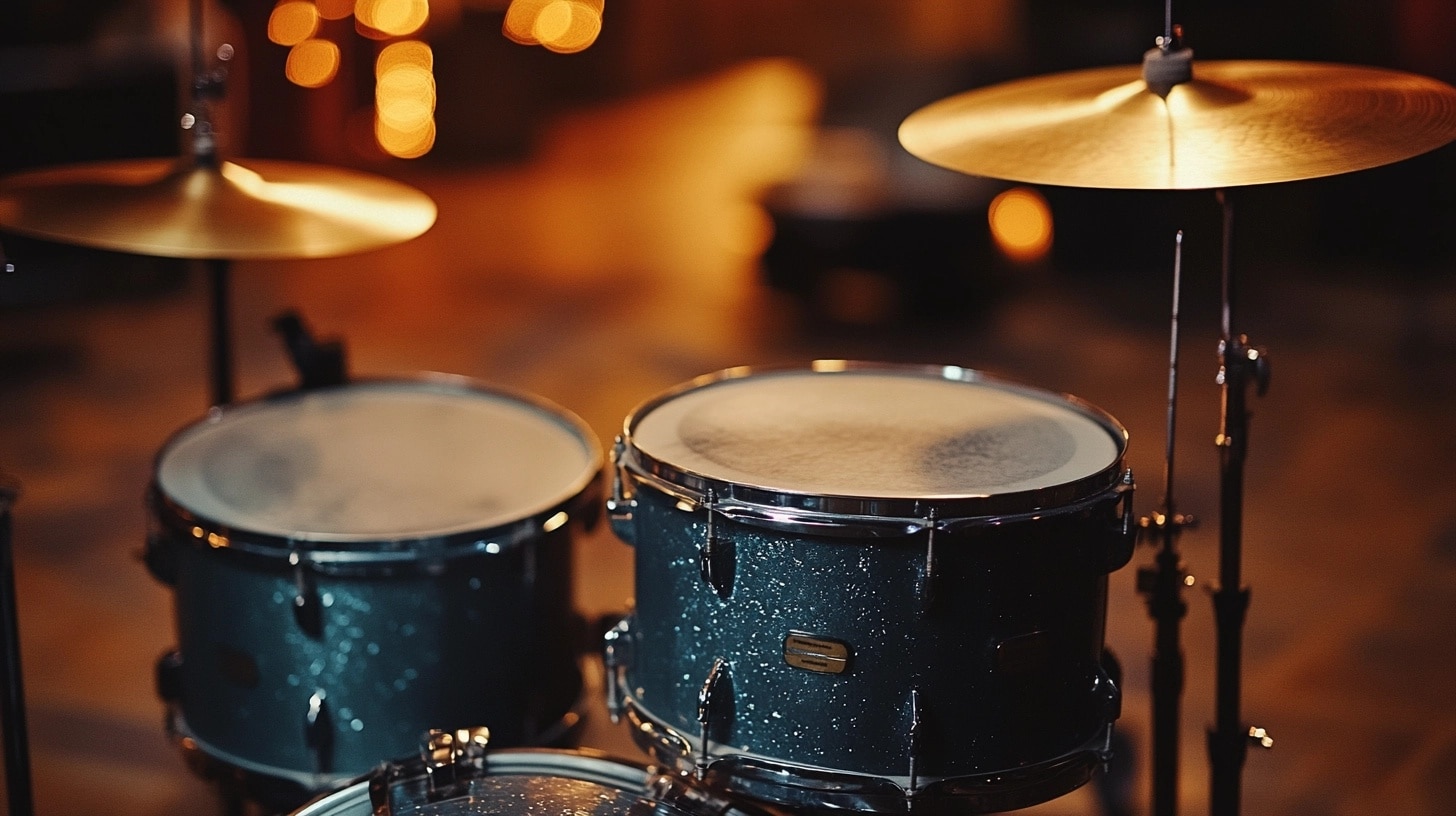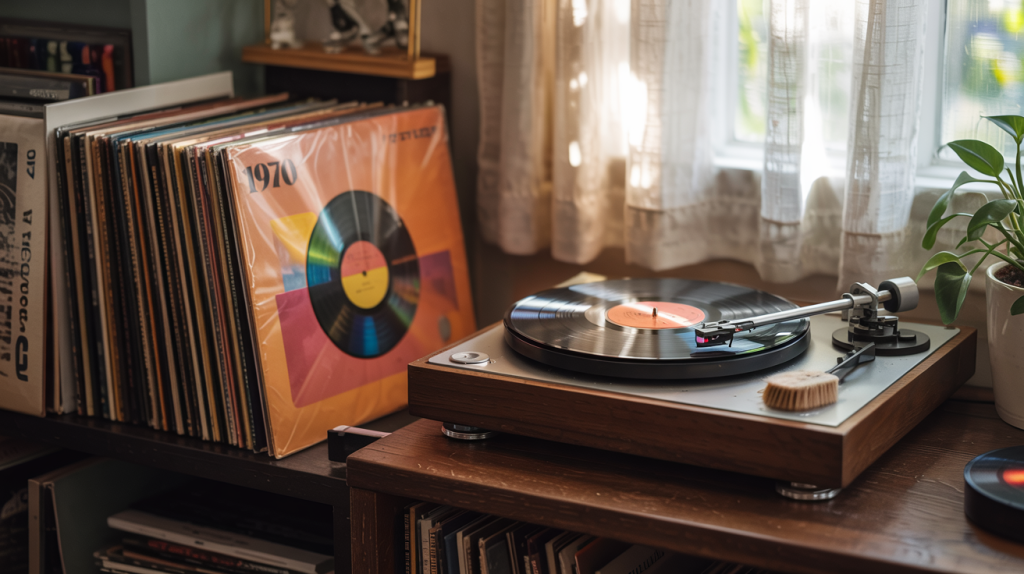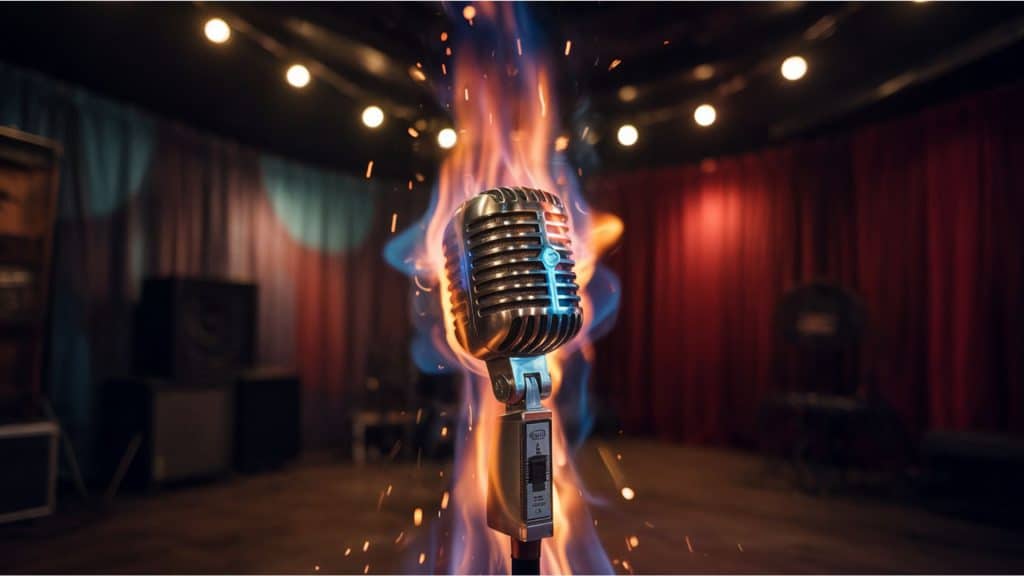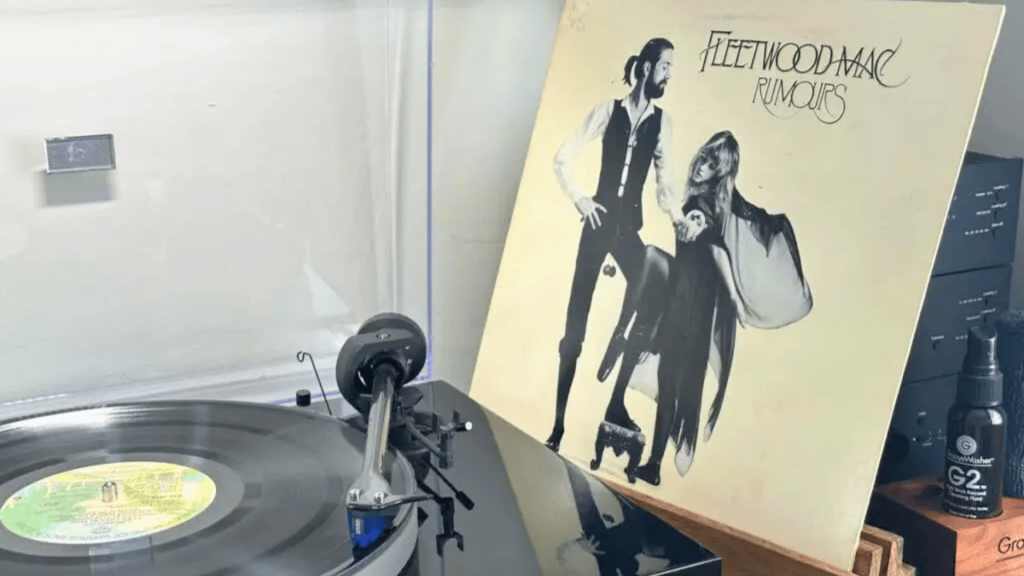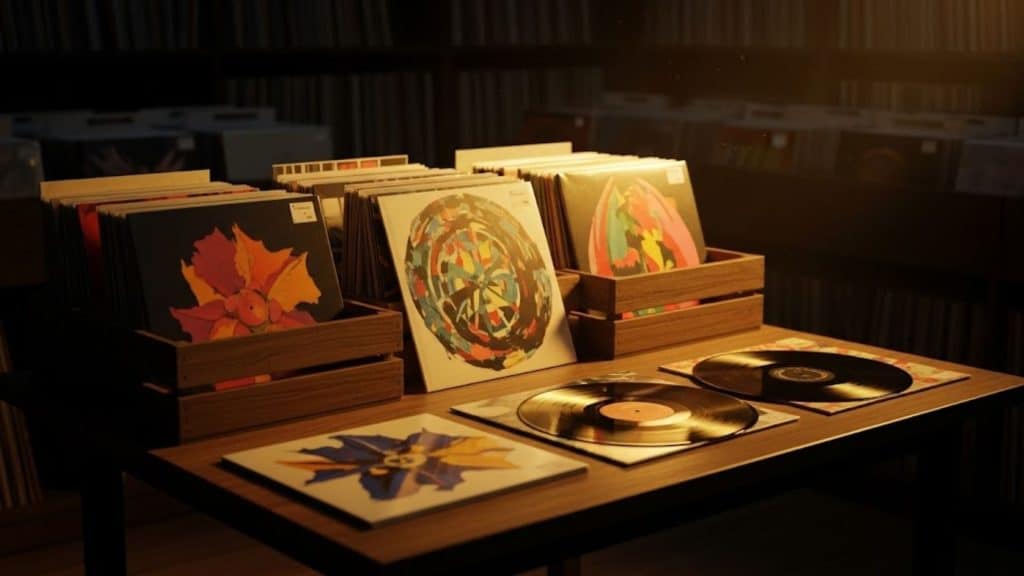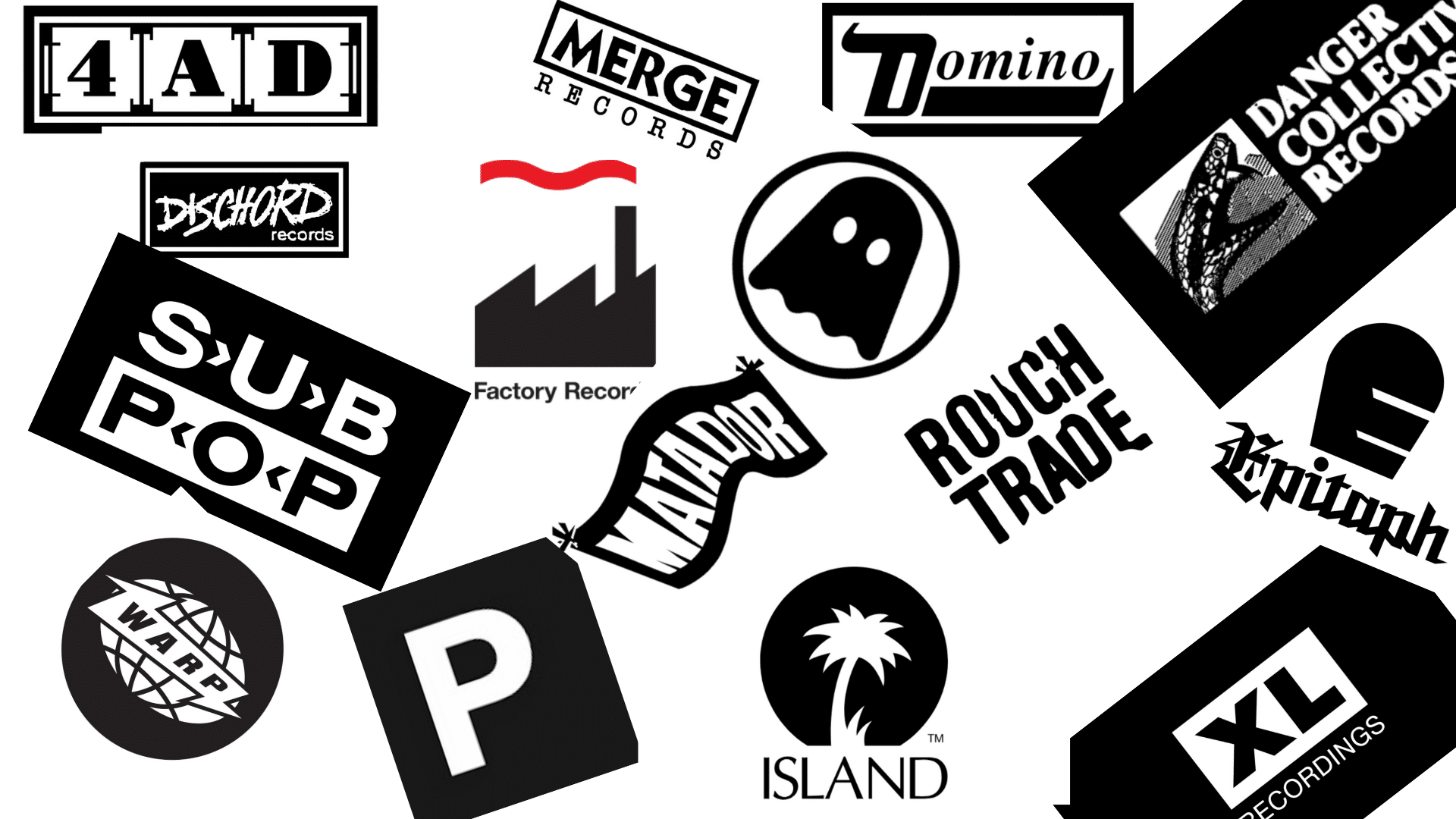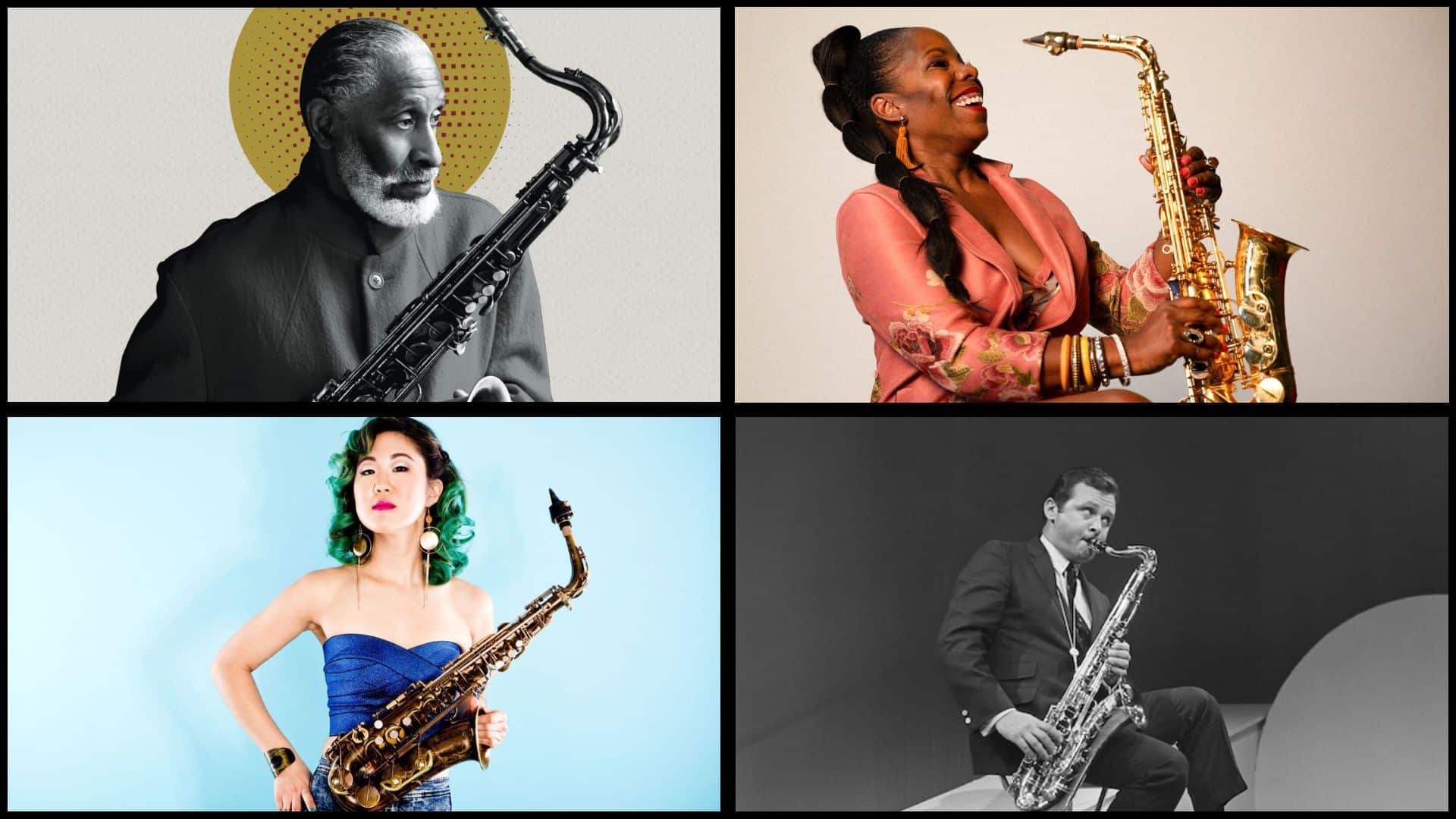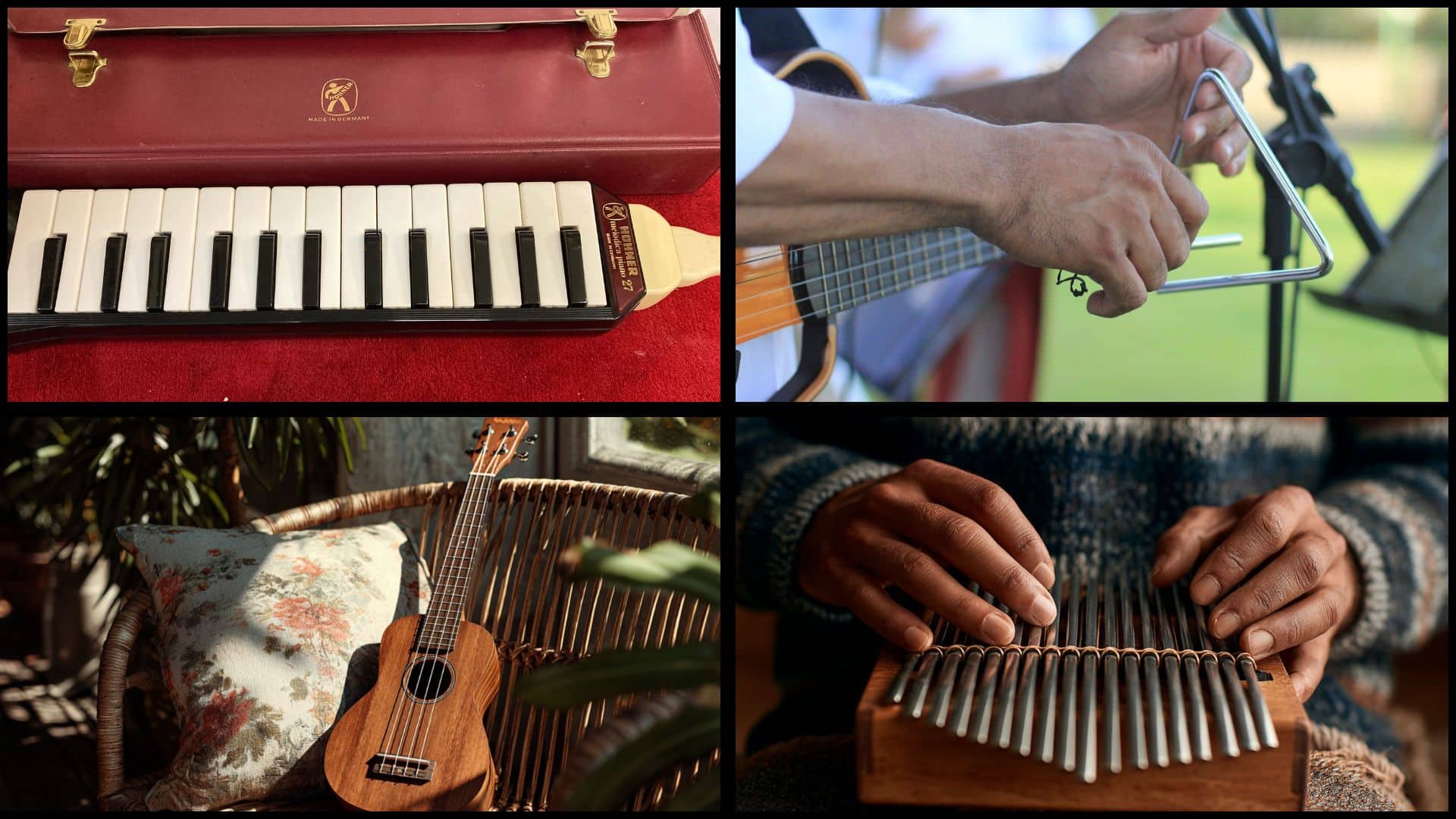I remember the first time I tapped a drum and felt the sound bounce through my chest. It wasn’t only noise, it had power. But back then, I had no idea how many kinds of drums existed or how different they could be.
If you’re like me, just starting out, thinking about buying your first drum, or trying to make sense of what’s what, this guide is for you. Knowing these 10 different types of drums helped me hear music in a whole new way. Each one has its own sound, shape, and purpose.
I’ll walk you through each type, explain what makes them different, and help you figure out which one might be right for you. There’s a lot to learn, and it’s actually really fun.
Understanding Drums Beyond the Basics
At its core, it works by using a stretched surface that vibrates when struck, turning movement into sound. The size, shape, and material all affect what kind of sound comes out—deep thumps, sharp taps, or soft beats.
You’ve likely heard drums in all kinds of music, from rock bands and marching groups to solo street performers and traditional folk music from across the world. Drums help lead the music, set the pace, and add energy.
In Africa, drums like the djembe bring people together in dance. In India, the tabla carries fast, delicate patterns. In Latin music, bongos add spice and rhythm.
Drums aren’t always loud or flashy; they can also be soft and steady, fitting into whatever space the music needs. Played alone or in a group, drums are a key part of how we feel and follow music.
10 Types of Drums You Should Know
Every drum brings something different. If you’re new or just curious, this list will help you learn the basics and find what fits your style.
1. Snare Drum
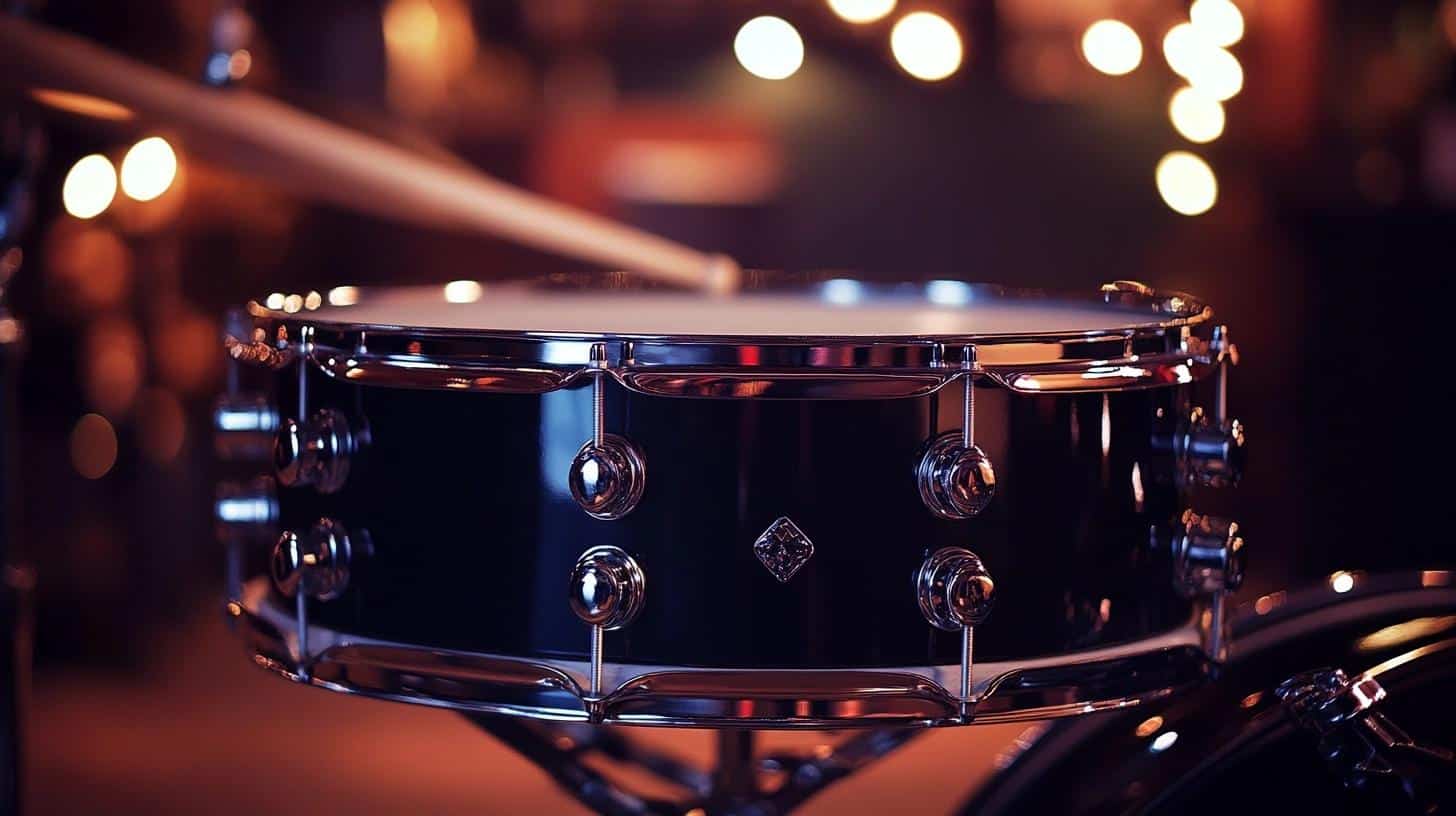
The snare drum has a sharp, snapping sound that you’ve probably heard in bands, concerts, and even on TV. What makes it special is the group of thin metal wires stretched across the bottom.
When you hit the top with sticks, those wires vibrate and give the drum its clear, punchy tone. It’s used in drum kits, marching bands, and orchestras. The snare helps keep the beat and adds rhythm details in all kinds of music—from rock to jazz to pop.
This drum is great for people who are just starting out, especially in school bands or beginner drum classes. It’s also a must-have for anyone learning to play a full drum kit.
2. Bass Drum
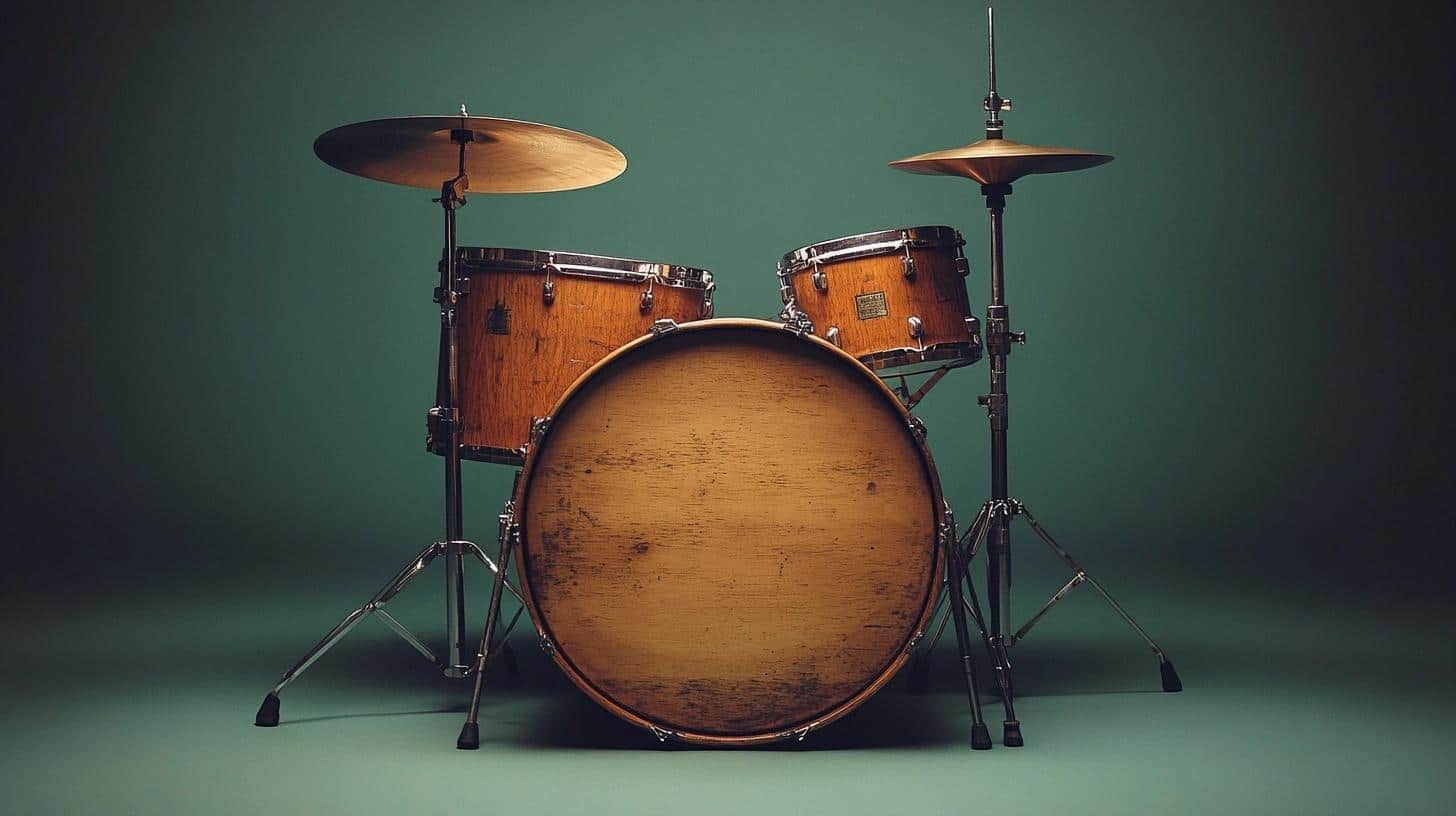
The bass drum is the largest drum in a standard drum set and makes a deep, low sound you can feel more than hear. It’s played using a foot pedal, which keeps your hands free for other drums.
You’ll find it in many types of music, especially rock, pop, and jazz. In marching bands, players carry large versions and strike them with mallets. In orchestras, the bass drum creates strong, thunder-like effects.
Since it plays the steady beat or “pulse,” it’s a perfect choice for beginners learning rhythm. Anyone building their first drum set will need one, and it’s also important for students in school or marching bands.
3. Tom-Tom Drums
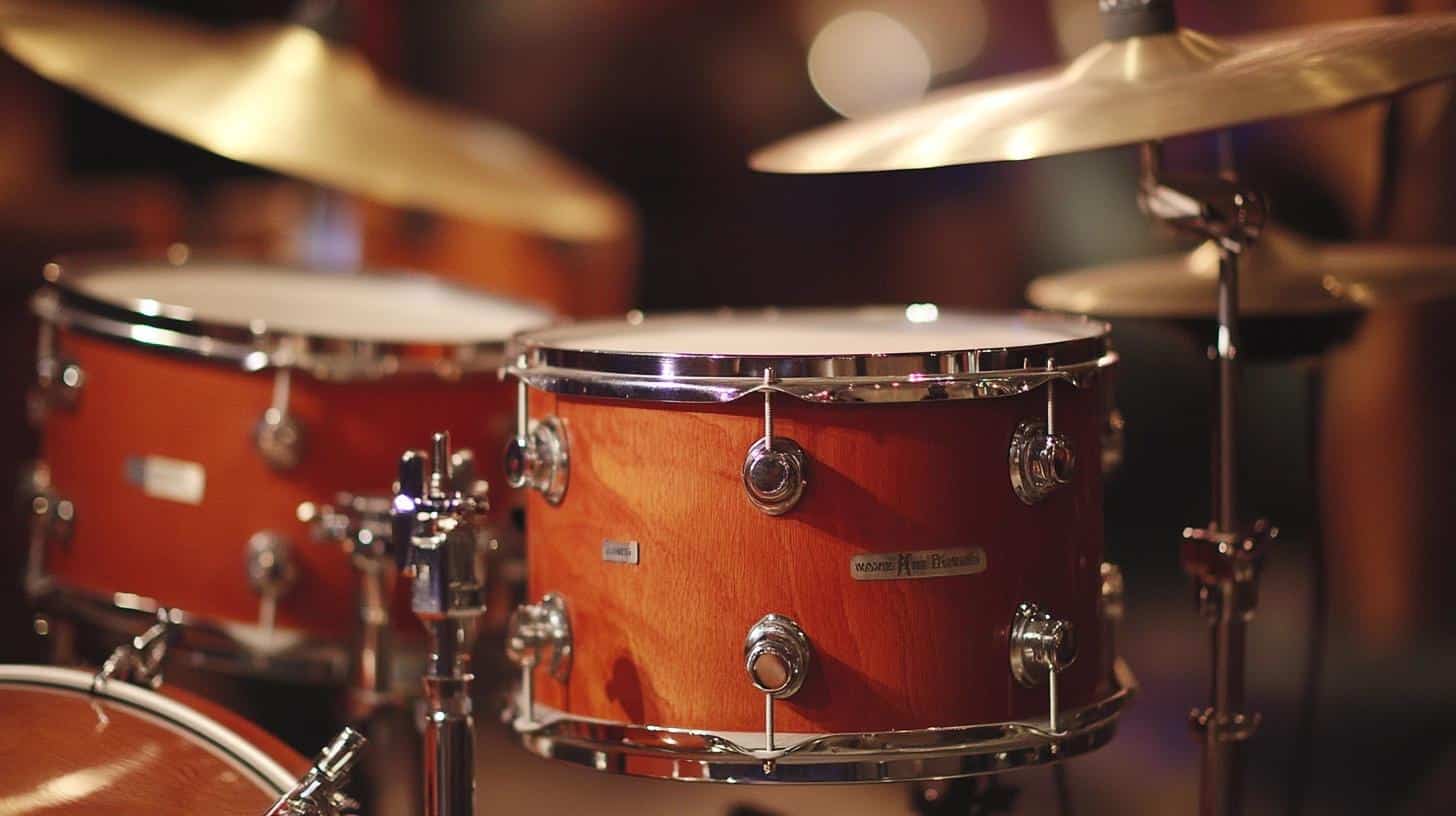
Tom-toms are the smooth, round-sounding drums you often see above and beside the bass drum in a kit. They come in different sizes, from small rack toms that sit on top of the bass drum to large floor toms that stand on their own.
Tom-toms are used for fills, those fun rolls or breaks you hear between parts of a song. Unlike snare drums, they don’t have wires underneath, so their sound is warm and even. Tom-toms are best for players learning to use the full drum kit and practice transitions in music.
If you’re into rock, pop, or even jazz, these drums help you shape the rhythm in creative ways.
4. Hi-Hat
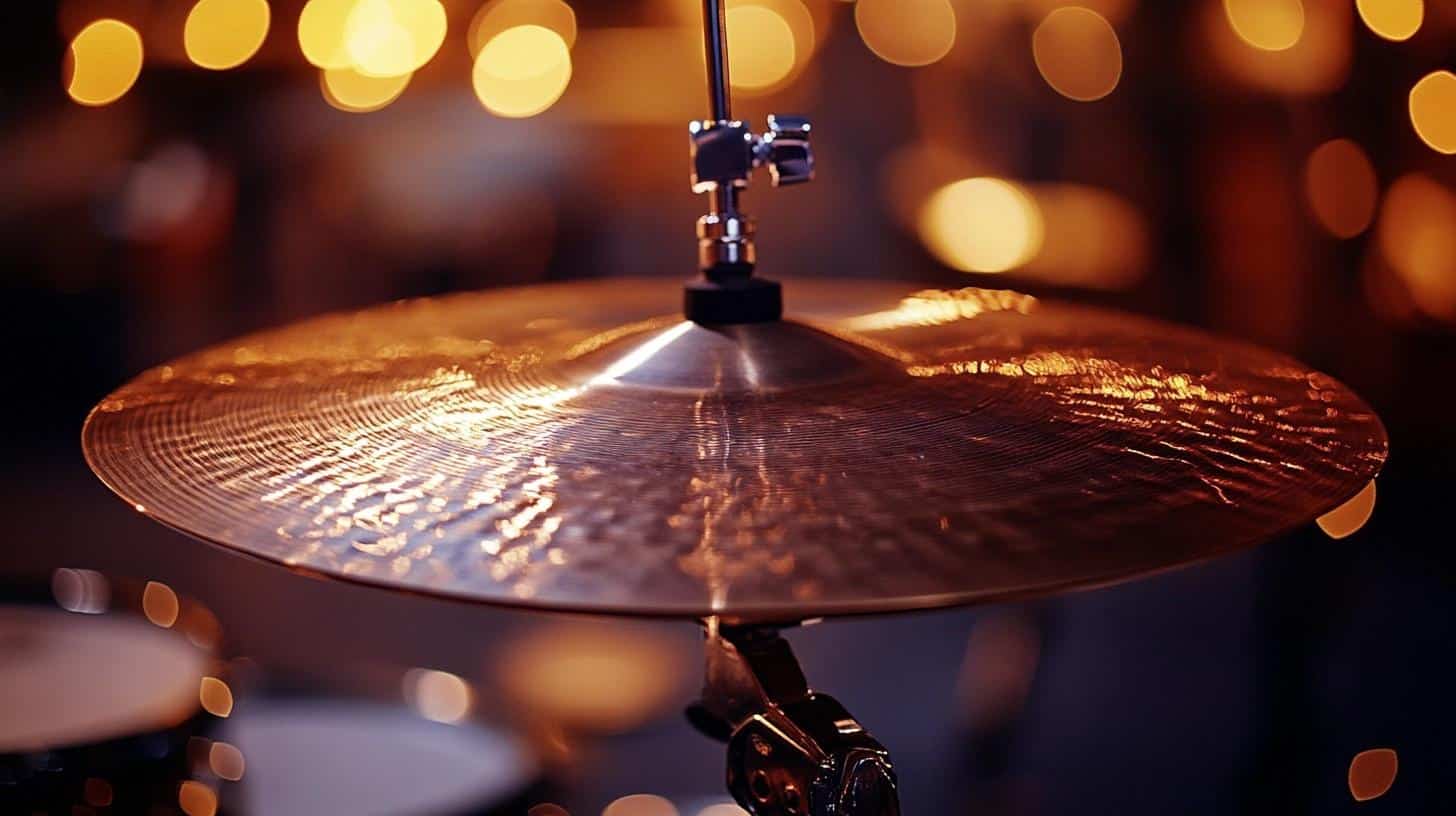
The hi-hat is made of two cymbals stacked on a stand. You open and close them with a foot pedal or hit them with sticks. They’re not drums exactly, but they’re a key part of almost every drum kit.
The sound changes depending on how open or closed they are—tight ones give a “chick” sound, and loose ones sound like a “sizzle.” Hi-hats are great for keeping steady time, playing grooves, or adding little accents to your beat.
They’re important for people who are learning to play drum kits, especially in styles like rock, funk, or jazz. Beginners quickly learn to use them for timing and control in songs.
5. Congas
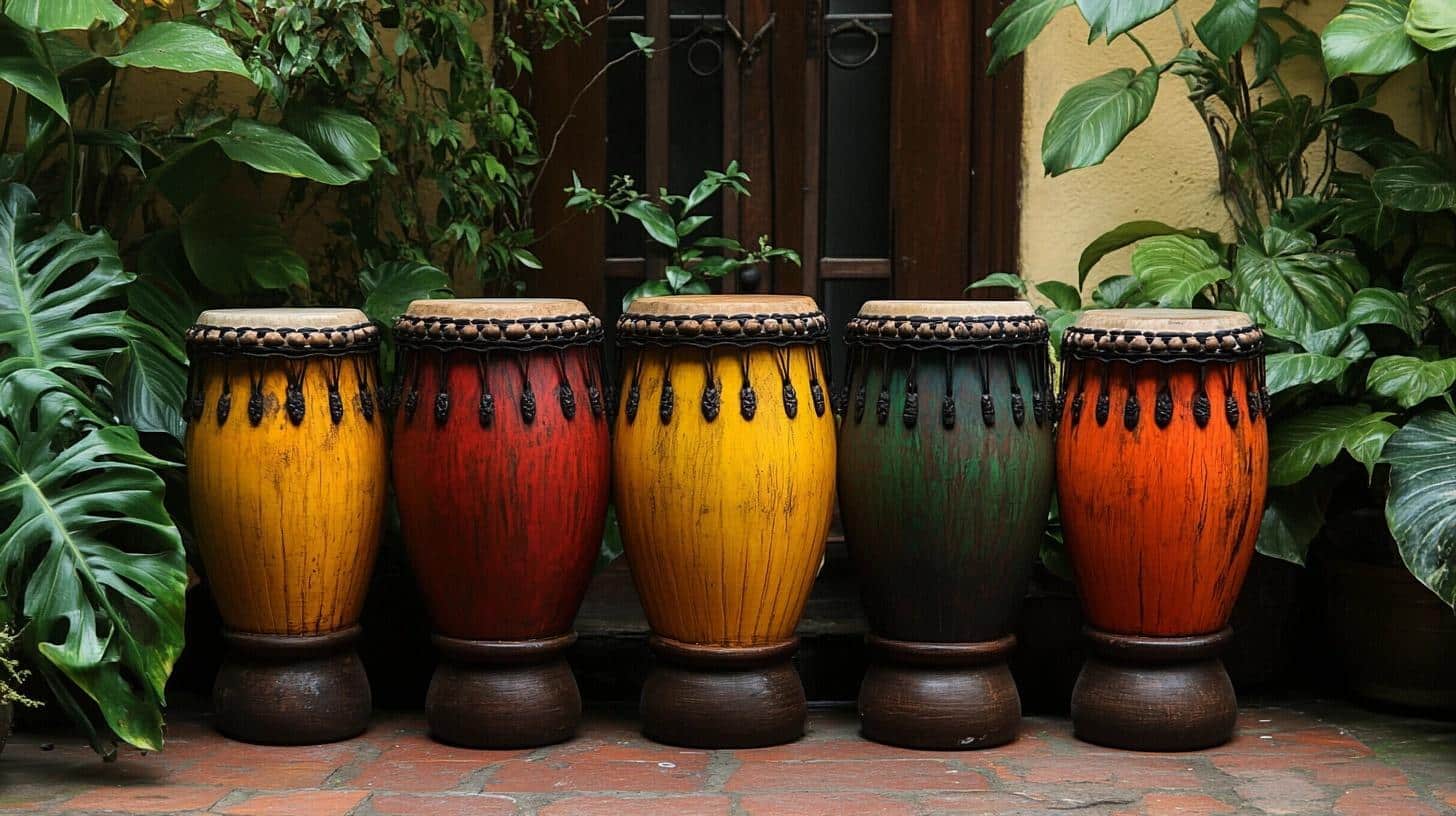
Congas are tall, narrow drums from Latin America that you play with your hands. They’re often seen in salsa, Afro-Cuban, and tropical music.
Congas are played in sets of two or three, each tuned to a different pitch. You hit different parts of the drum using your fingers and palms to create rich, layered rhythms. These drums are perfect for people who enjoy using their hands instead of sticks.
They’re popular with beginners and advanced players alike, especially those who love Latin beats or want to join a world music group. Congas are also used in live performances and drum circles for their strong, lively sound.
6. Bongos
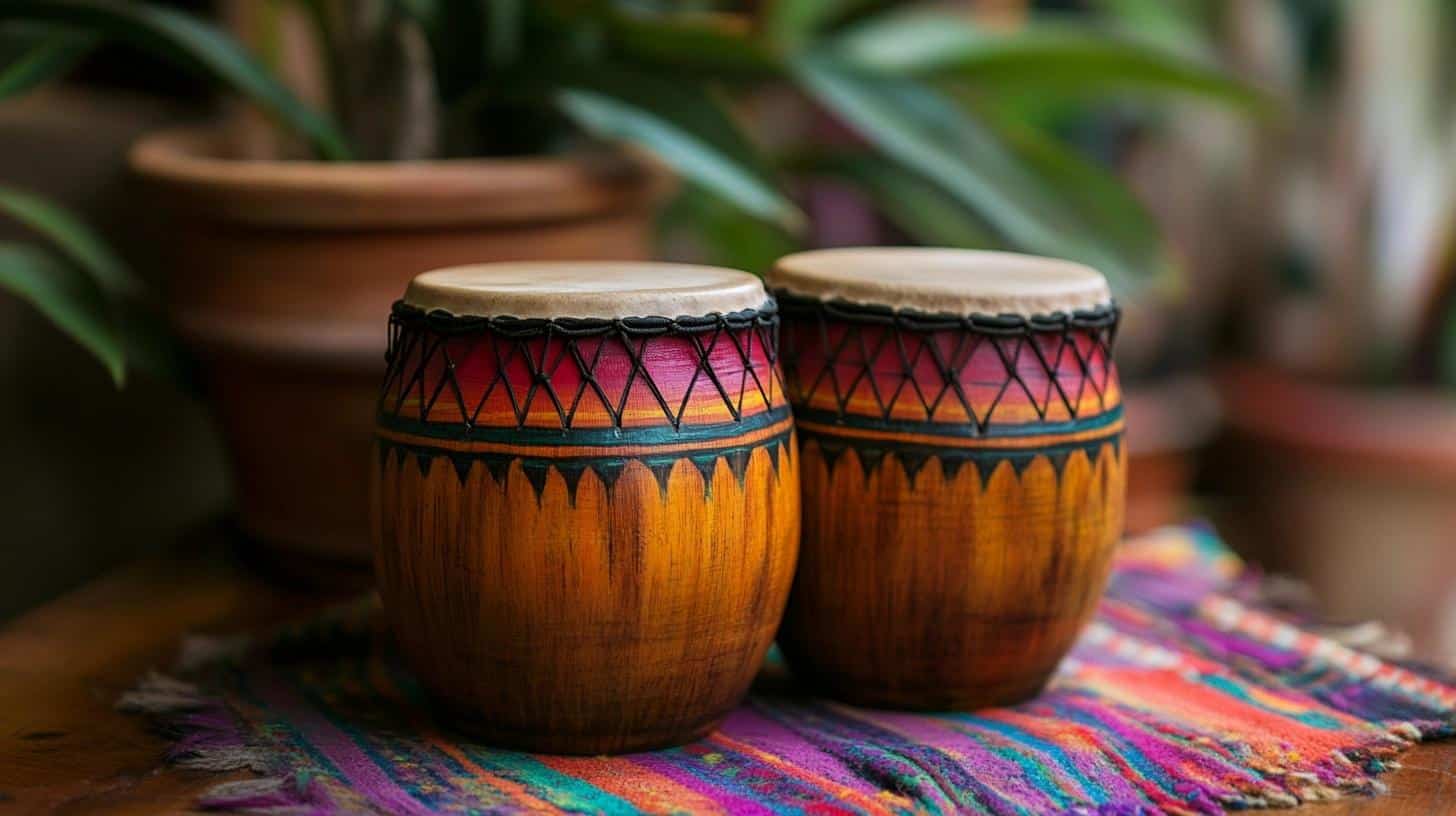
Bongos are a pair of small, hand-played drums that rest between your knees. They come from Cuba and are used in many kinds of Latin and Caribbean music.
One drum is bigger and lower in pitch, and the other is smaller and higher. Bongos are known for their bright, fast sound and are easy to carry around. They’re great for quick rhythms and short patterns.
Because they’re small and simple, bongos are a great choice for beginners, kids, or anyone who wants to try hand drumming. They’re also used by more advanced players who enjoy Latin, folk, or acoustic music styles.
7. Djembe
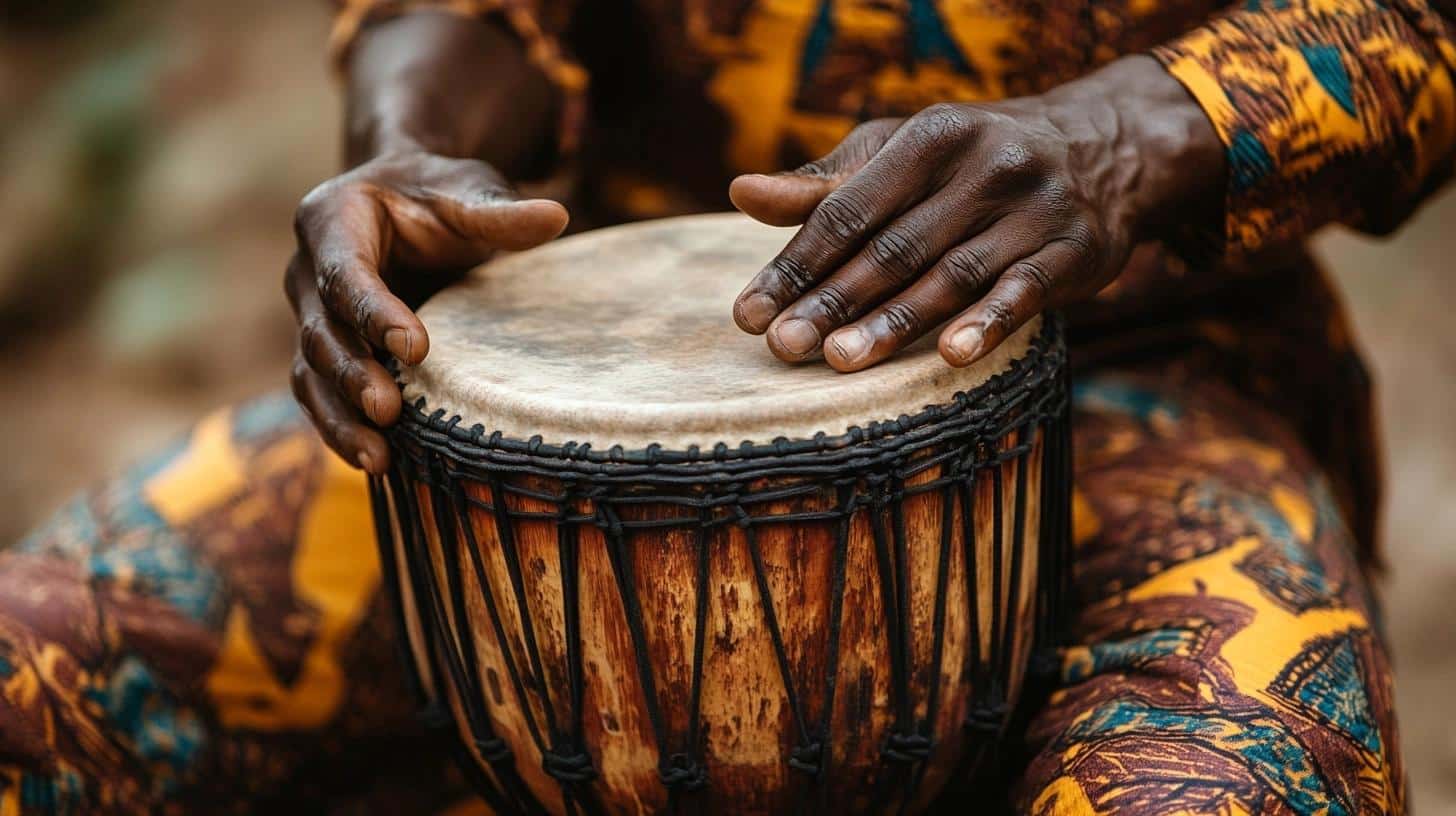
The djembe is a hand-played drum from West Africa. It has a goblet shape and is made from wood and animal skin.
You can play many different sounds on a djembe using just your hands—deep bass hits, sharp slaps, and soft tones. It’s used in African traditional music, drum circles, and even schools. Djembes are great for people who want to feel the rhythm with their whole body.
They’re good for beginners and fun in group settings, but also used by pros around the world. If you enjoy rhythm, world music, or drumming with friends, the djembe is a fun and loud choice to try.
8. Timpani
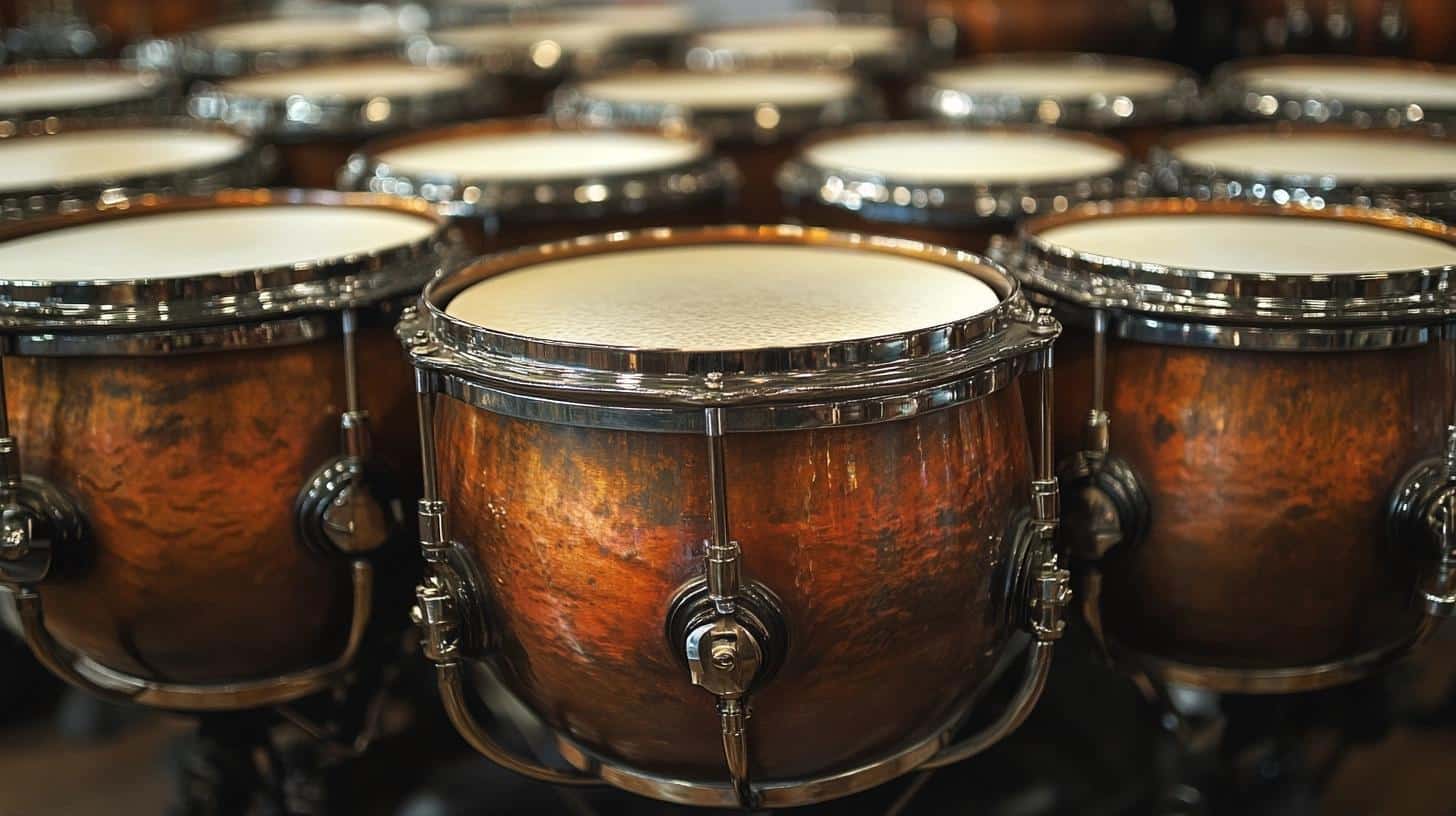
Timpani, or kettle drums, are large metal drums with a stretched top. They are often seen in orchestras and classical music groups.
What makes them different is that they can be tuned to play different musical notes using a foot pedal. This means you don’t just keep a beat—you play real pitches. Timpani are played with soft mallets and can be loud or gentle depending on how you strike them.
They’re perfect for students who want to learn tuned percussion or join an orchestra. They’re also great for music learners who enjoy rich, deep sounds and want something more than just rhythm.
9. Electronic Drum Pads
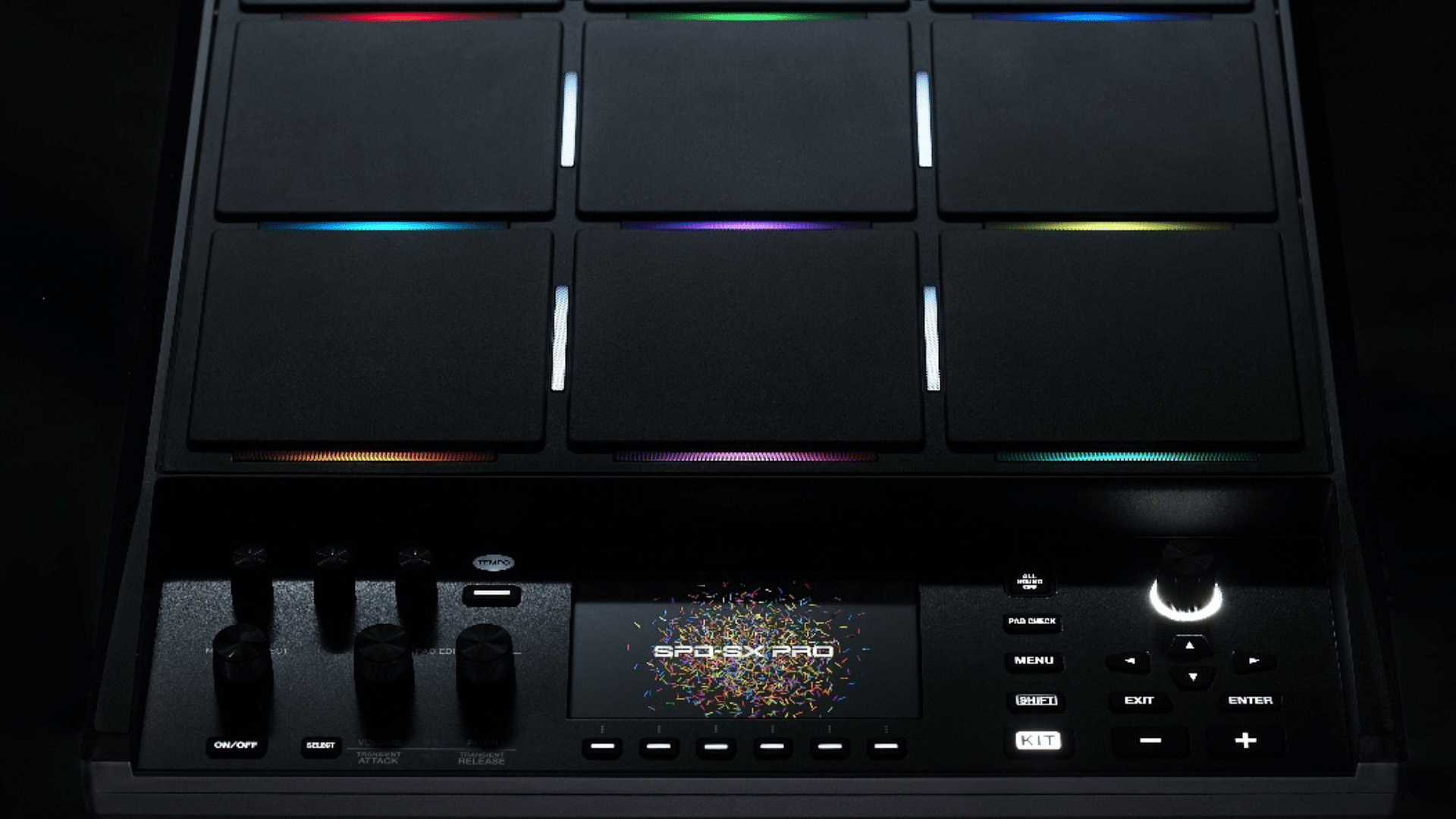
Electronic drum pads are modern drums that don’t use air or wood to make sound—they use electricity and sensors. When you hit the pads, they trigger sounds through headphones or speakers.
Many have settings to make them sound like real drums, bongos, or even special effects. They’re great for practicing quietly at home or playing along with songs. Since they don’t take up much space and have volume control, they’re ideal for small rooms or apartments.
They’re great for beginners, tech-savvy players, and anyone who wants to learn or create music digitally without the noise of regular drums.
10. Taiko Drums
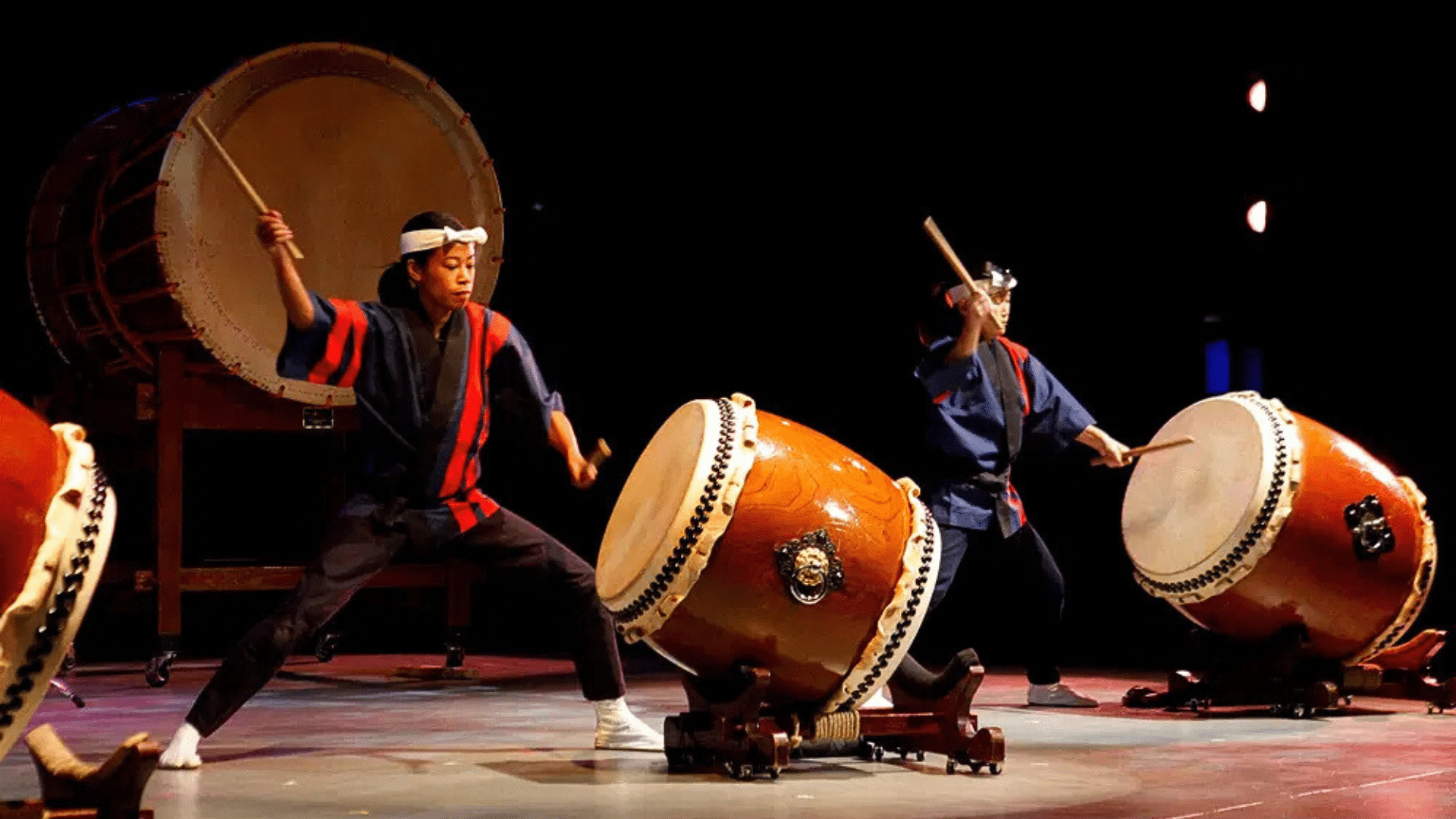
Taiko drums are big, traditional drums from Japan. They’re played in groups, often during festivals or performances, and are known for their deep, powerful sound.
Drummers use thick sticks and large movements, making it feel almost like a dance. Taiko playing isn’t just about music—it’s also about strength, teamwork, and focus.
These drums are perfect for people who enjoy performing in front of others or want a mix of rhythm and physical activity. They’re often used in schools, cultural groups, and stage shows. If you like strong, group-based drumming with energy and teamwork, Taiko might be a great fit for you.
What Drum Should You Start With?
Choosing your first drum is easier when you know what fits your age, your goals, and your space. Below is a simple guide to help you pick the right one based on where you’re at and what you want from your playing.
| Age Group | Best Drum to Start With | Why It Works |
|---|---|---|
| Kids (5–12) | Bongos or Small Hand Drums | Light, easy to play by hand, builds rhythm, is durable, and great for group play. |
| Teens (13–18) | Snare Drum or Basic Drum Kit | Good for school band or hobby use. Lets you learn beats and fills easily. |
| Adults (18+) |
Djembe or Congas Full Drum Kit Electronic Drum Pads |
Great for fun, stress relief, or casual group play. Easy setup and low cost. Best for serious practice or joining a band. Gives full sound control. Quiet and compact. Good for small spaces and digital music practice. |
No matter your age or goal, starting with the right drum helps you enjoy playing and stay motivated. Pick one that feels right for your hands, your room, and your rhythm.
How to Choose the Right Drum Type
Before you pick a drum, think about a few everyday things that can make a big difference. Here are some simple tips to help you choose the right one:
Home Space: Some drums, like full drum kits or Taiko drums, need a lot of room. If you live in a small space, go for something smaller, like bongos, a djembe, or an electronic drum pad. Think about where you’ll keep it and if it’s easy to set up and pack away.
Sound Level: Drums can be loud. Really loud. If you’re in an apartment or sharing space, that might be a problem. Hand drums like bongos or djembes are a bit softer. Electronic drums are great if you want to use headphones and keep things quiet. Acoustic kits are louder but give that real drum feel.
Portability: Need to move your drum around? Then, size and weight matter. Bongos, small djembes, and electronic pads are easy to carry. Big drums like congas or full kits are heavier and harder to move. If you plan to travel or take your drum to class or performances, pick something light and easy to handle.
Digital vs. Acoustic: Acoustic drums are the real deal—wood, metal, skin, and deep, natural sound. But they can be loud and take up space. Digital drums (like electronic pads or kits) are quiet, easy to control, and perfect for learning at home or recording. If you like working with music on a computer or want many sounds in one setup, digital might be the better pick.
Final Thoughts
You’ve just gone through 10 types of drums and seen what makes each one stand out. From strong and loud to quiet and easygoing, there’s something for every kind of player.
Take a bit of time to think about what fits your needs. Where do you plan to play? How much space do you have? What sounds feel good to you?
I put this guide together to help you take that first step. You don’t need the “best” drum, just one that feels good in your hands and keeps you excited to play.
If you’re looking for more clear and simple tips like this, I’ve shared more guides to help you keep learning and finding your rhythm, one step at a time.

